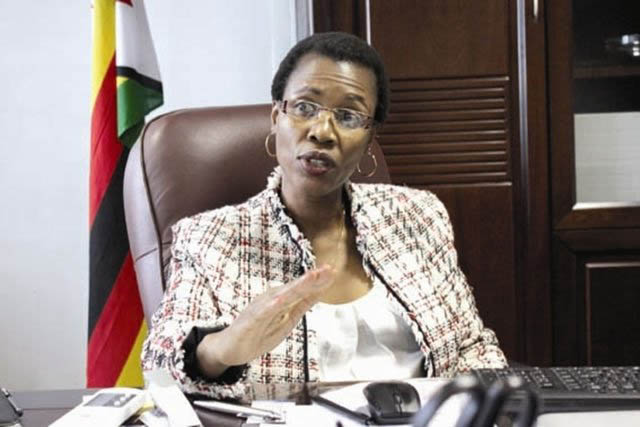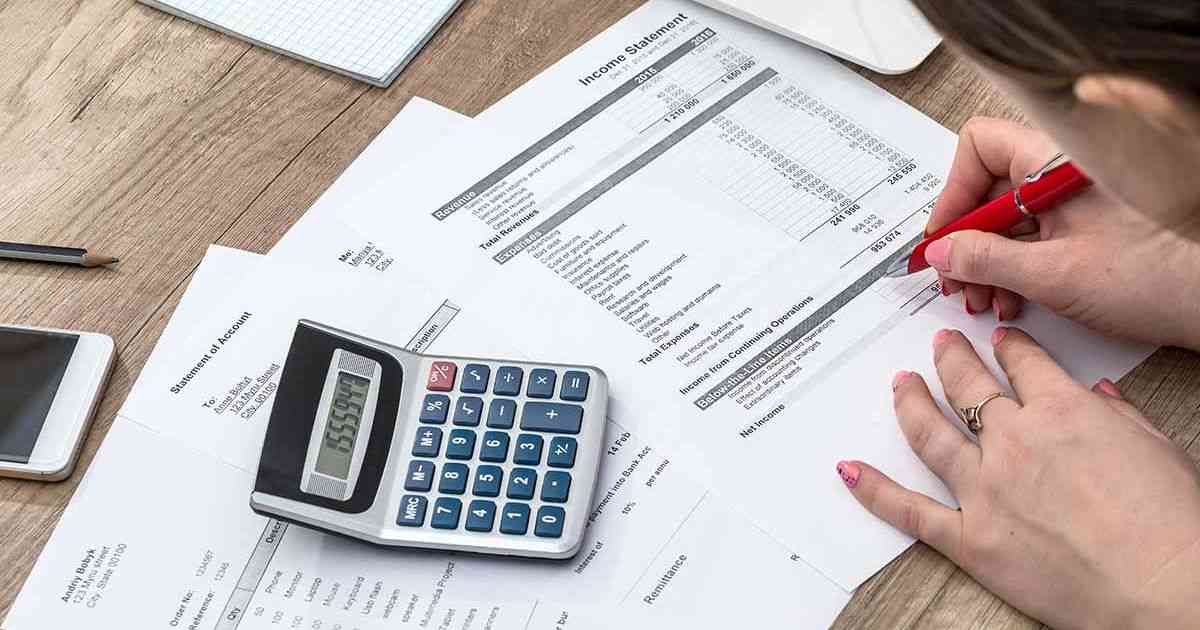
SMALL Independent Power Producers (IPPs) are expected to increase their output by next year as two more suppliers have been licensed by the Zimbabwe Energy Regulatory Authority (Zera) during the first four months of the year.
BY VICTORIA MTOMBA
Zera chief executive officer Gloria Magombo said there has been an increased interest on IPPs especially on solar energy.
Magombo said the regulatory authority was reviewing some applications of the companies that wanted to produce power.
“During the first four months, two IPP were licensed; that is Our Sun Energy in Melfort and Pungwe C in Chimanimani. Our Sun will produce 5 megawatts [MW] of power and Pungwe C will produce 2,72 MW. The plants will be commissioned by next year or later this year as some work has already begun on Pungwe C,” she said.
The coming in of the two small IPPs will increase the number of the small IPPs to seven from the current five. The five include Nyamingura that produces 1,1 MW, Pungwe A 2,75 MW, Pungwe B 15MW, Duru 2,2 MW and Green Fuels 5MW.
Small IPPs do not require much capital compared to large IPPs that normally require billions of dollars and rely to some extent on Foreign Direct Investment flows. The country has not been successful in attracting FDI, managing to bring in less than $500 million in the past five years.
The other IPPs that are functional are Hippo Valley and Triangle which generate 40 MW of which at least 5MW is put on the national grid.
- Chamisa under fire over US$120K donation
- Mavhunga puts DeMbare into Chibuku quarterfinals
- Pension funds bet on Cabora Bassa oilfields
- Councils defy govt fire tender directive
Keep Reading
The contribution of IPPs is still minimal and is expected to increase when the big thermal stations come into stream in 2018. In 2013 two IPPs were licensed with a capacity of 601MW. They are Hytoric Enterprises trading as Southern Energy and Kupinga Renewable Energy.
The country’s maximum power demand is 1 950 megawatts (MW) but only 1 256MW is being produced, leaving a deficit of 600MW. The deficit is managed through load shedding.
The power utility receives 26 MW at the moment from IPPs through the national grid.
Kariba South and Hwange 7 and 8 are set to increase output by 2017 as the projects are currently under way.
Hwange 7 and 8 will produce 600MW and the estimated cost is $1,4 million but is still waiting for financial closure. Kariba South extension will bring an additional 300MW and tunnel drilling to power houses is underway and the estimated cost is $500 million.











